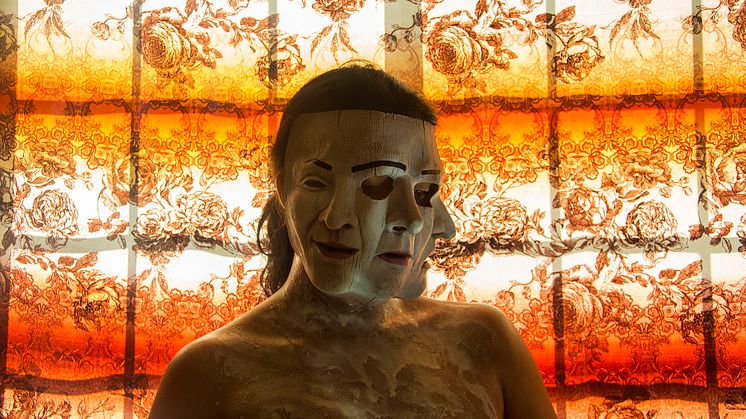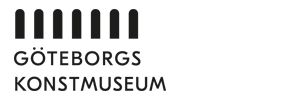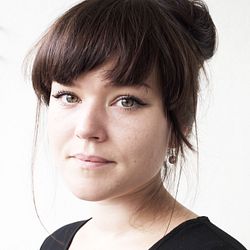
Pressmeddelande -
The Gothenburg Museum of Art begins the autumn by tripping up the present age
How can we in times of political exhaustion negotiate power outside the established structures? Who is a part of society and on what terms? The exhibition You are articulates a counterforce to the unwillingness to listen.
The exhibition You are takes as its point of departure the increasingly confrontative political debate of the present era, and the lack of listening. Many of the works in the exhibition are about being seen and spoken to, how we exist as human beings through meetings with others. “You are…” is a charged phrase and a fragment of meaning, perhaps the beginning of a love poem or the lead-up to an insult.
– This is a view of art as a possible means to trip up the present age, to articulate a protest against our own insignificance and what we perceive as meaningless. We hope that the exhibition opens a vertiginous mind-state and conveys an understanding that we ourselves are part of thousands of stories, and that this is also due to meetings with others, says Johan Sjöström, curator at the Gothenburg Museum of Art.
Interpersonality in polarised times
Eight artists from different generations, and from many parts of the world, participate in the exhibition. Several of the artists are shown in Sweden for the first time. In basically independent ways, they work with questions about loneliness, belonging, and collapses. In a time of monumental exaggerations and polarised indignation, these artists instead try to understand, and show us the conditions for the deeply humane through testimonies, stories, language and dreams.
– One of the important messages of the exhibition is about our mutability and that every human being contains a prism of narratives. We wish to celebrate and emphasise contradictions and multiple layers of meaning. In this sense, art sharpens our vision and hearing, underlines Johan Sjöström.
Political activism, dreams and relations
Meira Ahmemulic’s short film One language must prevail reveals relations between language, prejudices and Swedishness. The visitor also learns, from the artist Halil Altinderes, the story of Muhammad Faris – Syria’s first and only astronaut so far, once the national hero of the Assad regime, now a dissident and a refugee. In the work of the photographer Liza Ambrossio and the performance artist Naufus Ramirez-Figueroa, dreams and spiritualism are mixed with political activism, whereas Martina Müntzing paints unwritten history. Vanessa Baird depicts relations and family ties beyond the clichés. Apichatpong Weerasethakul’s video work investigates the theme of exile in a meeting between the past and the present at an abandoned hotel, and Ahmet Öğüt’s political sculptures show the divide between the individual and society, but also the importance of collaborative creativity and dialogue.
Participatory project: Who can interpret art?
The Gothenburg Museum of Art strives to change the way we see and experience art by showing works and artists from unexpected perspectives. In a participatory project in conjunction with You are, the museum asks what would happen if the voices who provide interpretations and explanations are invited from the outside. Eight persons have been specially invited to interpret the works based on their experiences – among them a construction worker, a person who has lost a parent, a tween and a witch.
– The project aims to show that we can relate to, understand and talk about art in many ways, also based on the knowledge and the experiences of our visitors. In the name of fairness and in a spirit of fundamental curiosity, we explore if the answer to the question of who can interpret art can be you; you are, says Emelie Arendorff Runnerström, art educator at the Gothenburg Museum of Art.
You are
14 September – 17 November 2019
Stena Hall, Gothenburg Art Museum
Participating artists
Meira Ahmemulic (b 1975, Sweden)
Halil Altindere (b 1971, Turkey)
Liza Ambrossio (b 1993, Mexico)
Vanessa Baird (b 1963, Norway)
Martina Müntzing (b 1968, Sweden)
Naufus Ramirez-Figueroa (b 1978, Guatemala)
Apichatpong Weerasethakul (b 1970, Thailand)
Ahmet Öğüt(b 1981, Turkey)
The exhibition is produced by the Gothenburg Museum of Art.
Press preview
Welcome to the press preview Thursday 12 September 11 am.
Acting Museum Director Anna Hyltze welcomes everyone. Curator Johan Sjöström and art educator Emelie Arendorff Runnerström give a guided tour of the exhibition along with the artists Meira Ahmemulic and Liza Ambrossio.
Sign up for the press preview via e-mail to eva.rosengren@kultur.goteborg.se before 10 September.
Contact
Eva Rosengren, Press Liaison
+46 31 368 35 93, eva.rosengren@kultur.goteborg.se
Johan Sjöström, Curator
+46 31 368 35 08, johan.sjostrom@kultur.goteborg.se
Anna Hyltze, Acting Museum Director
+46 31 368 35 20, anna.hyltze@kultur.goteborg.se
Ämnen
Regioner
Göteborgs konstmuseum har en av norra Europas främsta konstsamlingar. Denna sträcker sig från 1400-talet fram till idag med betydande verk inom både nordisk och internationell konst. Förutom samlingen erbjuder museet utställningar, familjeaktiviteter, föreläsningar, workshops och visningar. Här finns restaurang samt en välsorterad museibutik. Samlingen omfattar omkring 70 000 verk och museet har ca 250 000 besökare årligen.

